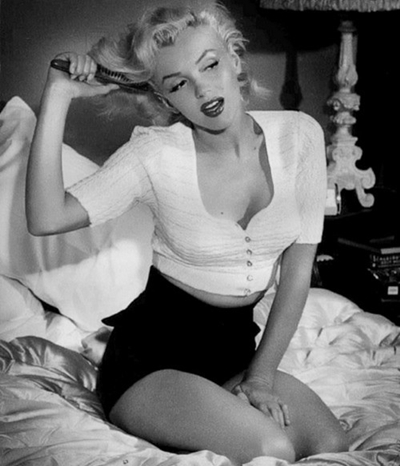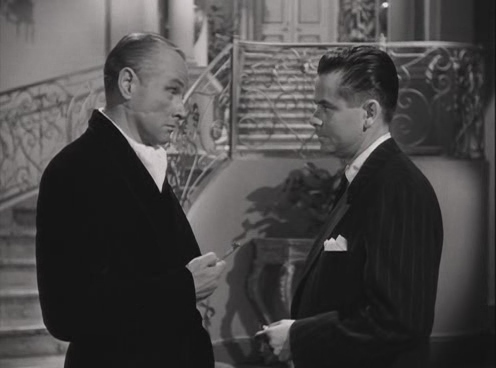France’s hottest export right now just might be actor/writer/producer Omar Sy. His new film “Monsieur Chocolat,” was the opening selection at the City of Lights City of Angels (COLCOA) French Film Festival Monday night in Hollywood.
The 38-year-old, easy-on-the-eyes French actor attended the fest reception and stayed after the film for a Q&A with director Roschdy Zem.
“Monsieur Chocolat” is based on a true story of two circus clowns – one black and one white – who change the dynamics of comic performance in turn-of-the-century France, clearly no small task, given society’s hard-wired and rampant racism, not to mention the hardscrabble and precarious life of on-the-road entertainers. James Thierrée co-stars.
Sy’s most famous film is 2011’s “The Intouchables,” where he played a streetwise caregiver to a wealthy quadriplegic (François Cluzet). Enormously popular in France, the movie became the best selling French film of all time, but was less well received in the U.S.
A gifted comic actor, Sy’s engaging performance is the highlight of this flick. Thierrée, too, is at the top of his game. In fact, these are two of the best actors in contemporary French cinema.
Enchanté, Monsieur Sy! Let’s hope he stays all nine days of this truly charming and delightful festival.














































From FNB readers